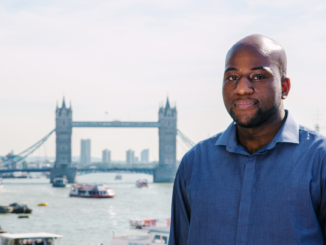
© qthomasbower (Flickr) Hearts (Explored!)
© qthomasbower (Flickr)
Muscles
One of the key characteristics of the heart is its musculature. Skeletal muscle – those such as biceps and triceps that are attached to the bones via ligaments in order to move the body – have the advantage of irregular use.
Cardiac muscle has to contract and relax almost constantly – to constantly keep the heart beating – in order to maintain adequate circulation of the blood. In order to meet such an immense energy demand, the cells of the cardiac tissue are packed with mitochondria – the microscopic energy-producing bodies inside all animal and plant cells.
The musculature of the heart is uneven, with a heavy weighting towards the left-hand-side. The-left-hand-side of the heart, or specifically the ventricle, is responsible for pumping blood all around the body. When it returns via the veins it enters the right atrium – the compartments at the top, right portion of the heart. The blood then passes into the right ventricle, located below the atrium and connected via a valve opening, where it is subsequently forced out on its journey to the lungs. The blood once again returns to the heart, this time to the left atrium, where it is now ready to continue on its cycle around the body via the extensively muscular left ventricle.
Electricity
All these muscles don’t just contract by themselves, and it has probably already occurred to you that with all these different muscles moving in coordination there must be a regulatory process. The brain initially sends an impulse to your heart from the ancient portion of the brain – the medulla. The medulla is responsible for processes such a breathing and heart-rate regulation. The electrical impulse arrives at the sino-atrial node, a natural heart pacemaker nodule in the atria of the heart. When stimulated, the atria contract, forcing the blood down into the ventricles. At this point, the electrical impulse travels through the heart to the base of the ventricles, causing firm contractions forcing the blood out of the heart and into its respective circulations.
Summary
Four compartments: two ventricles and two atria. Atria house blood before pushing it into the ventricles. The ventricles contract and push the blood either to the whole body or to the lungs, where the blood collects its vital oxygen.









